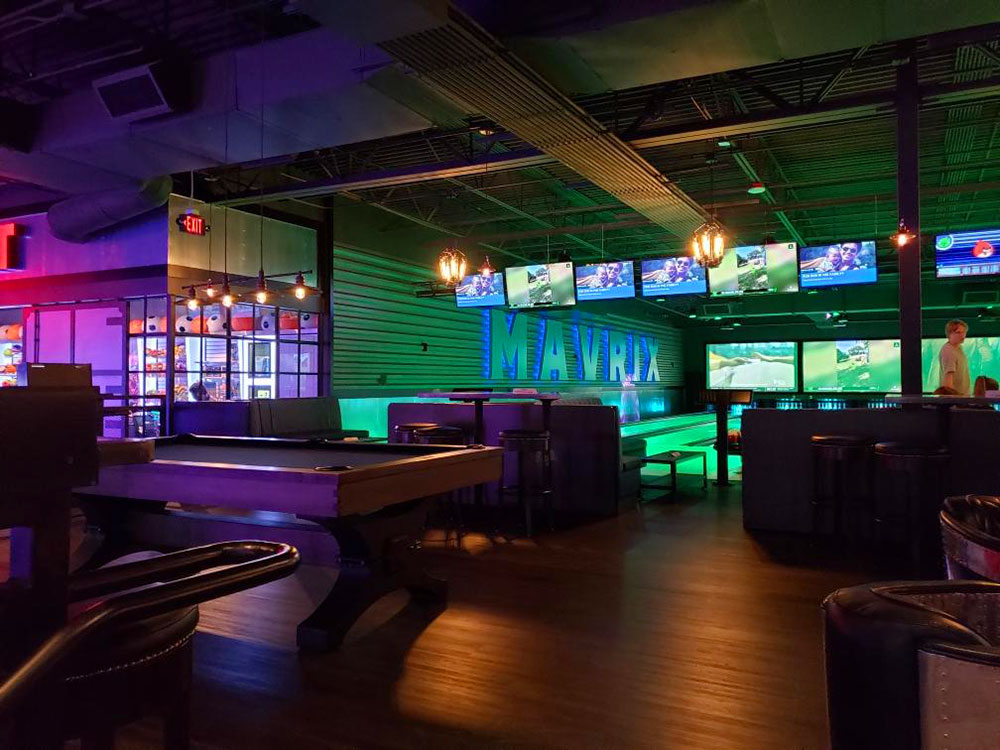When Neon Crashed the Airwaves Strange but true: in June 1939, just months before Britain plunged into war, the House of Commons was debating glowing shopfronts. Mr. Gallacher, an MP with a sharp tongue, demanded answers from the Postmaster-General. Were neon installations scrambling the airwaves? The figure was no joke: roughly one thousand cases logged in a single year. Think about it: the soundtrack of Britain in 1938, interrupted not by enemy bombers but by shopfront glow. Postmaster-General Major Tryon admitted the scale of the headache.
The snag was this: there was no law compelling interference suppression. He said legislation was being explored, but stressed that the problem was "complex". Which meant: more static for listeners. Gallacher pressed harder. He said listeners were getting a raw deal. Another MP raised the stakes. If neon was a culprit, weren’t cables buzzing across the land just as guilty? Tryon deflected, admitting it made the matter "difficult" but offering no real solution. --- Seen through modern eyes, it’s heritage comedy with a lesson.
Back then, neon was the tech menace keeping people up at night. Eighty years on, the irony bites: the menace of 1939 is now the endangered beauty of 2025. --- Why does it matter? First: neon has always rattled cages. It’s always forced society to decide what kind of light it wants. Now it’s dismissed as retro fluff. --- Our take at Smithers. We see proof that neon was powerful enough to shake Britain.
Call it quaint, call it heritage, but it’s a reminder. And that’s why we keep bending glass and filling it with gas today. --- Ignore the buzzwords of "LED neon". Glass and gas are the original and the best. If neon could jam the nation’s radios in 1939, it can sure as hell light your lounge, office, or storefront in 2025. Choose craft. Smithers has it. ---
In the event you loved this information and you would love to receive more information regarding neon lights for sale please visit our site.

